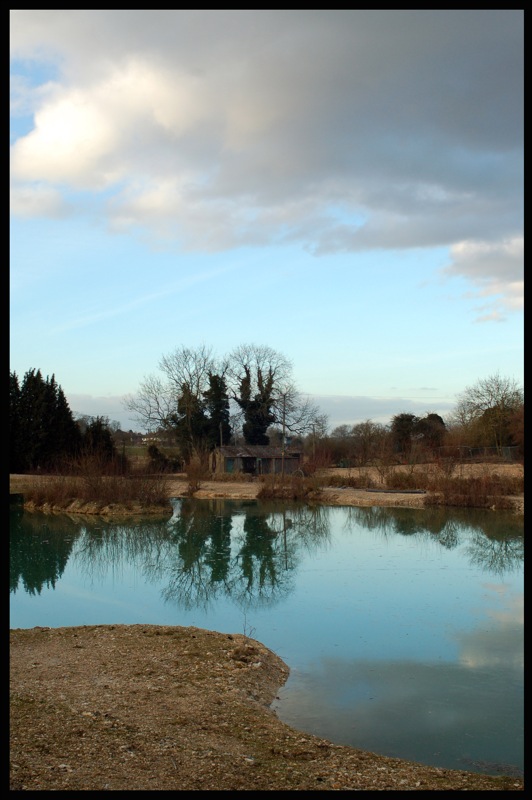garyi
leave blank
I have just won another lens on ebay, its a manual focus 50mm e series nikkor lens.
I was quite surprised to win it for 17 quid, especially as it goes to F1.8 and after a bit of research I find its perhaps because this particular lens is not 'coated'
The coating apparently prevents loss of light through reflection, my question is presumably although on paper the lens would appear to be fast, will I be loosing most of that speed through the lack of multi coating?
I was quite surprised to win it for 17 quid, especially as it goes to F1.8 and after a bit of research I find its perhaps because this particular lens is not 'coated'
The coating apparently prevents loss of light through reflection, my question is presumably although on paper the lens would appear to be fast, will I be loosing most of that speed through the lack of multi coating?


